Mount Bross – 14,172 ft.
Apologies in advance to any Bross lovers out there, but the fact is, it’s a big, boring pile of rocks whose summit is as flat as a pancake. To make matters worse, the wind frequents Mount Bross with such force that standing on the summit can feel like your on the wing of a 777 in flight. Thanks to that wind, it’s often devoid of snow, and it is not in good condition for skiing. But it’s an official 14er so for some that means one thing, 14er skiers will have to visit Bross and try to ski it from the top.
Which brings me to the whole point of this post. Through the years, I’ve seen and heard some back-and-forth about 14er skiing ethics and the summit descent rule, and Bross often gets brought into it. Lou Dawson wrote down some thoughts on summit skiing ethics and his opinion as to what counts, which can be read here. The important statement in it, relevant to today, is this– “skiing the best (most often the longest) continuous descent available on an average snow year.”
Finally, there is some real skiing down in Moose Gulch.
Saturday represented a pretty good, or at least average, amount of snow on a commonly skied line, yet it didn’t start from the absolute highest point, it was nearly 300 paces away (though with minimal vertical loss).
And the other flanks of the peak were no better. In my opinion, there’s no need to split hairs over this peak and when Lou put into words his ideas on summit ski descent ethics, he wasn’t doing it with Bross in mind. The dry summit and marginally filled-in couloir we found on Saturday were right on par with what you get from Bross on an average year, so 14er skiers looking for a complete descent should consider this OK.
With so many peaks on the list and the rise in popularity of skiing them all, it would be nice to have a simple rule that everyone could follow but unfortunately that isn’t the case. While most 14ers can easily be skied from their exact summits, there are several that cannot and are therefore subject to their own unique criteria. And there are still others that through time have been allowed some flexibility. To give some examples, Mount Wilson and Wetterhorn have been descended by some with skis on their feet, but to many the rocky downclimbing with skis it isn’t real skiing– to many it’s outright dangerous. The Snake Couloir on Sneffels is considered a summit ski to some, even though you rappel from the top without wearing skis, while another easier line exists that goes right off the top. I like the Snake. And though it isn’t debated as much as these first three, I don’t believe anyone skis off the true boudler-topped summit of Sunlight, nor should they have to.
As for Bross, I’ve heard of a guy who was there right after a storm and managed to cover the 300 strides to the actual ski line with skis on his feet. I say congratulations. But those conditions were not typical. On the average year the continuous snow doesn’t go from the true summit.
In sum, there is a certain amount of common sense needed when determining what counts, and the “on the average year” rule is the most straightforward and simple benchmark, even if interpretations vary from time to time. If you think about it, it makes sense. Don’t go nuts trying to repeat what someone skied after some huge storm and definitely don’t stress over Bross.

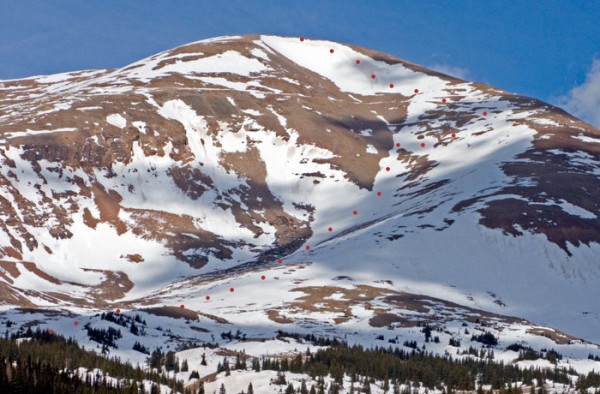
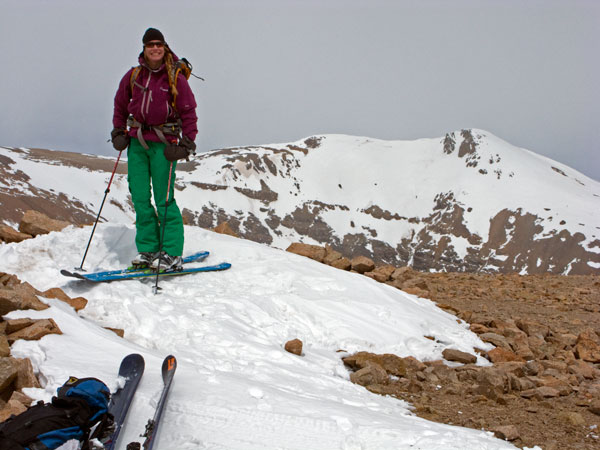

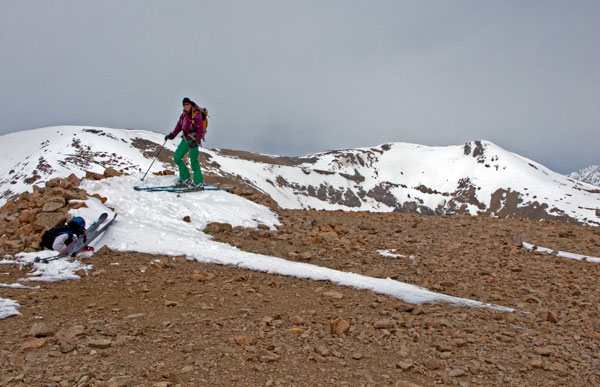
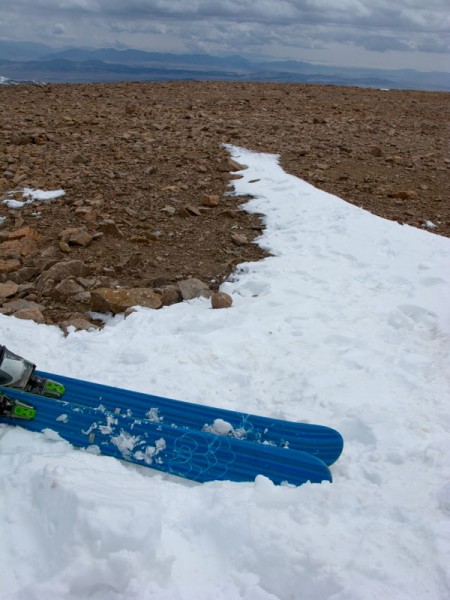
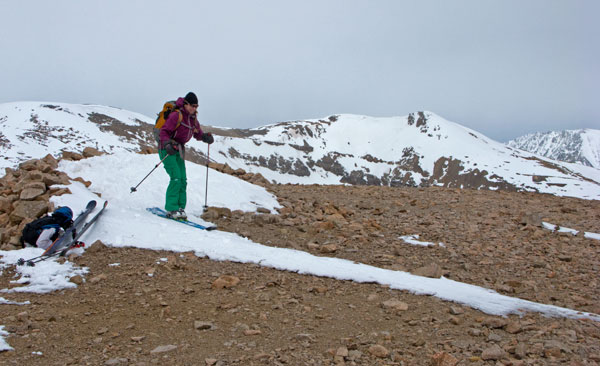
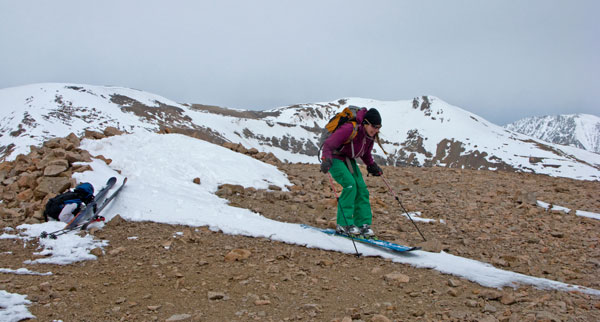
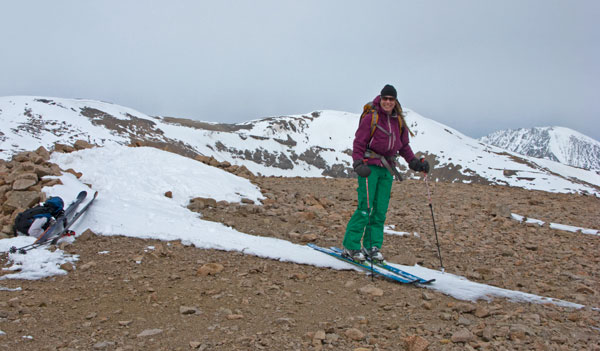
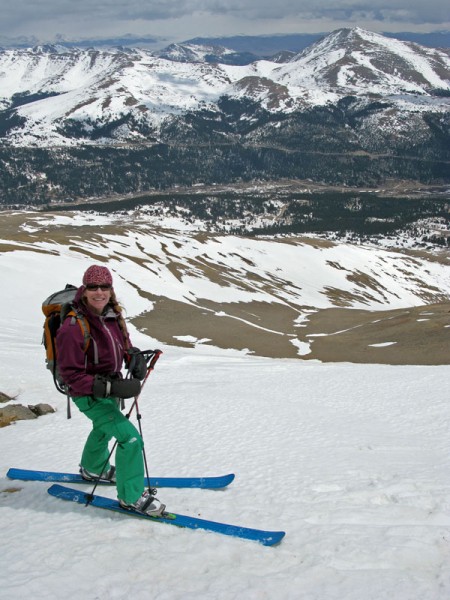
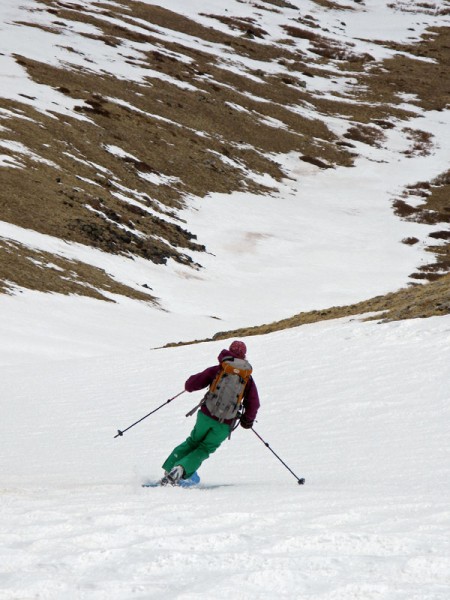
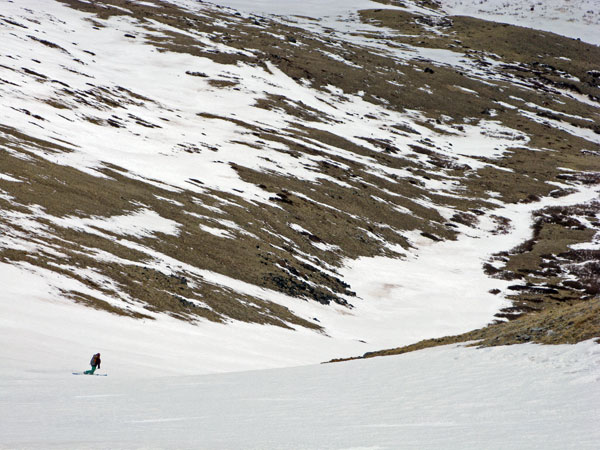
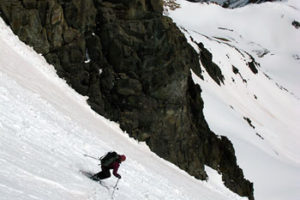
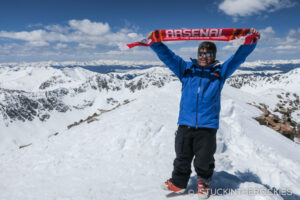
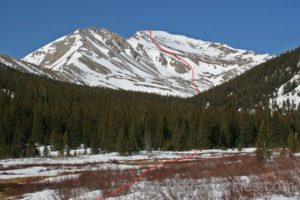
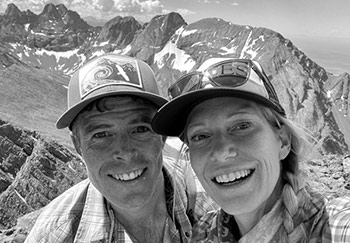






8 Comments
Leave your reply.